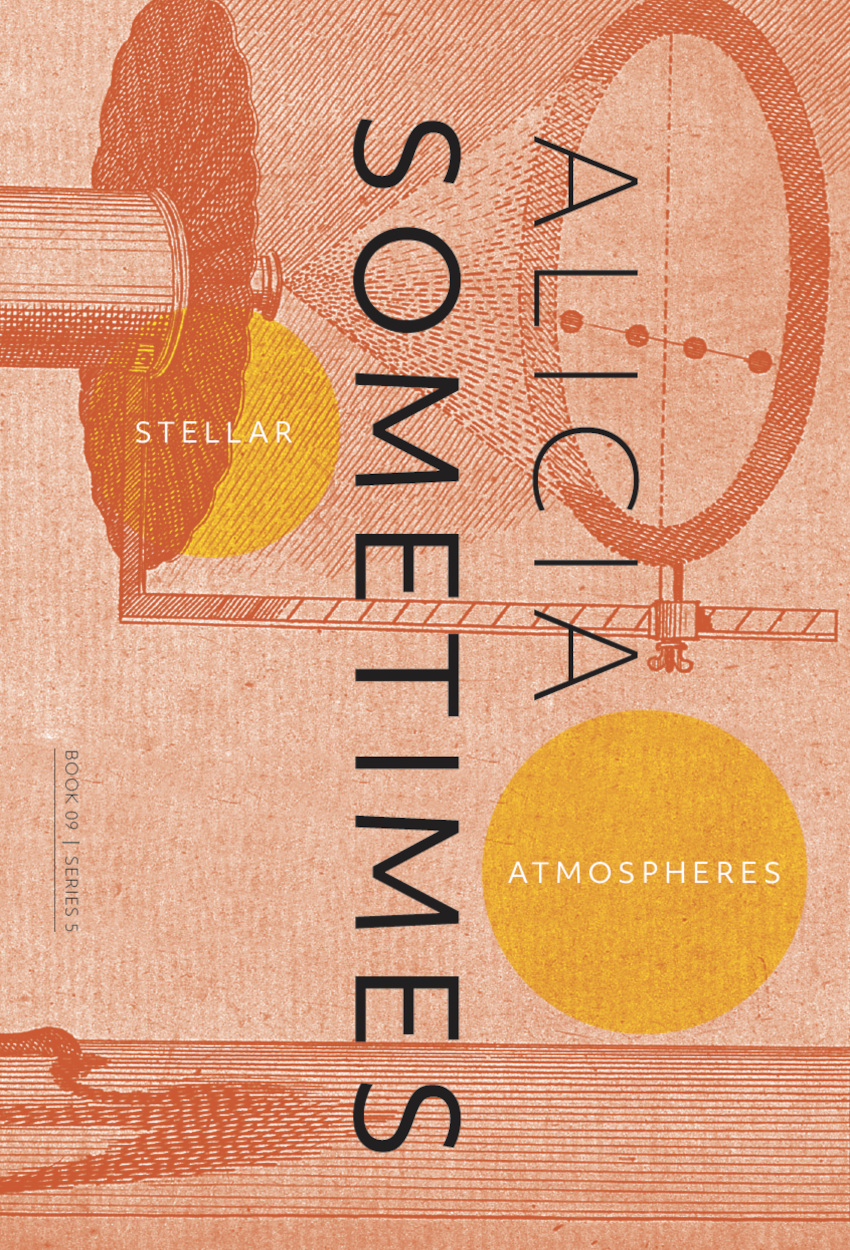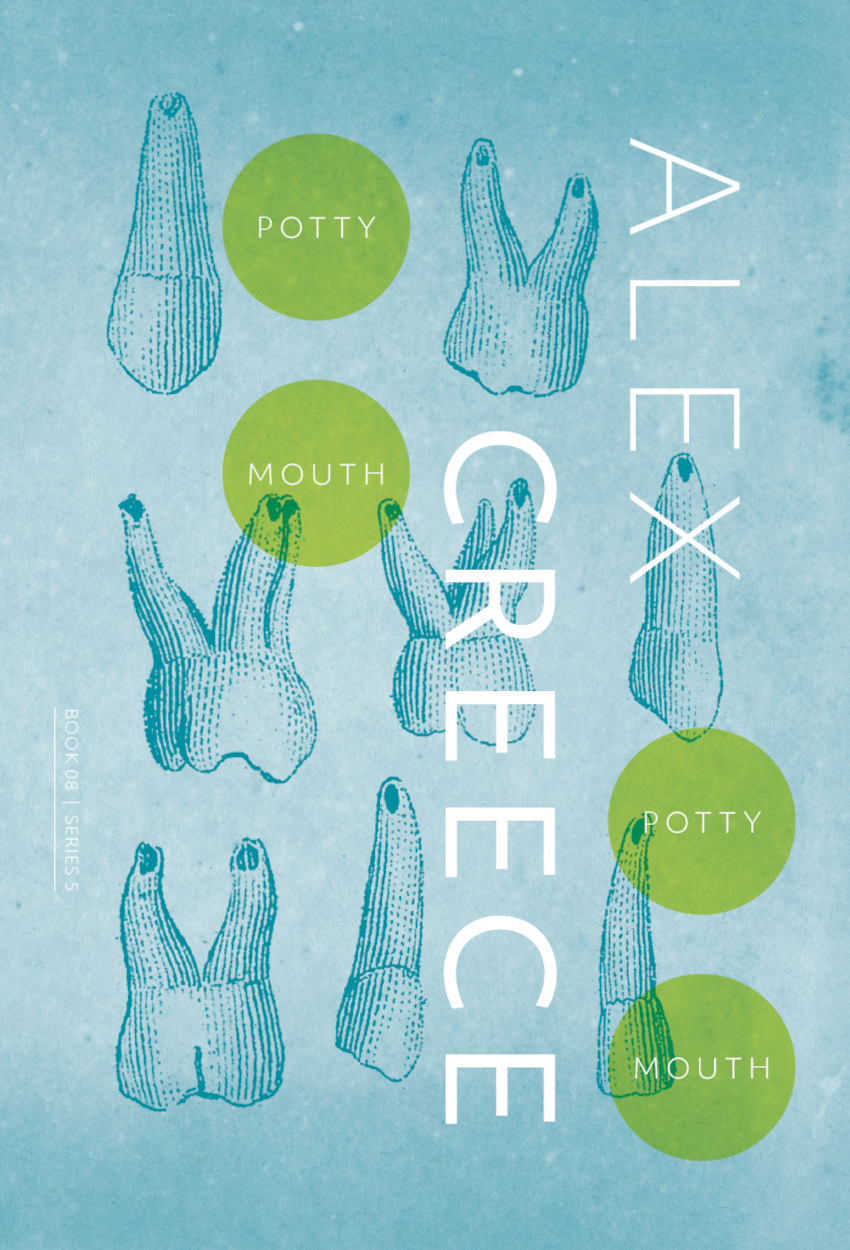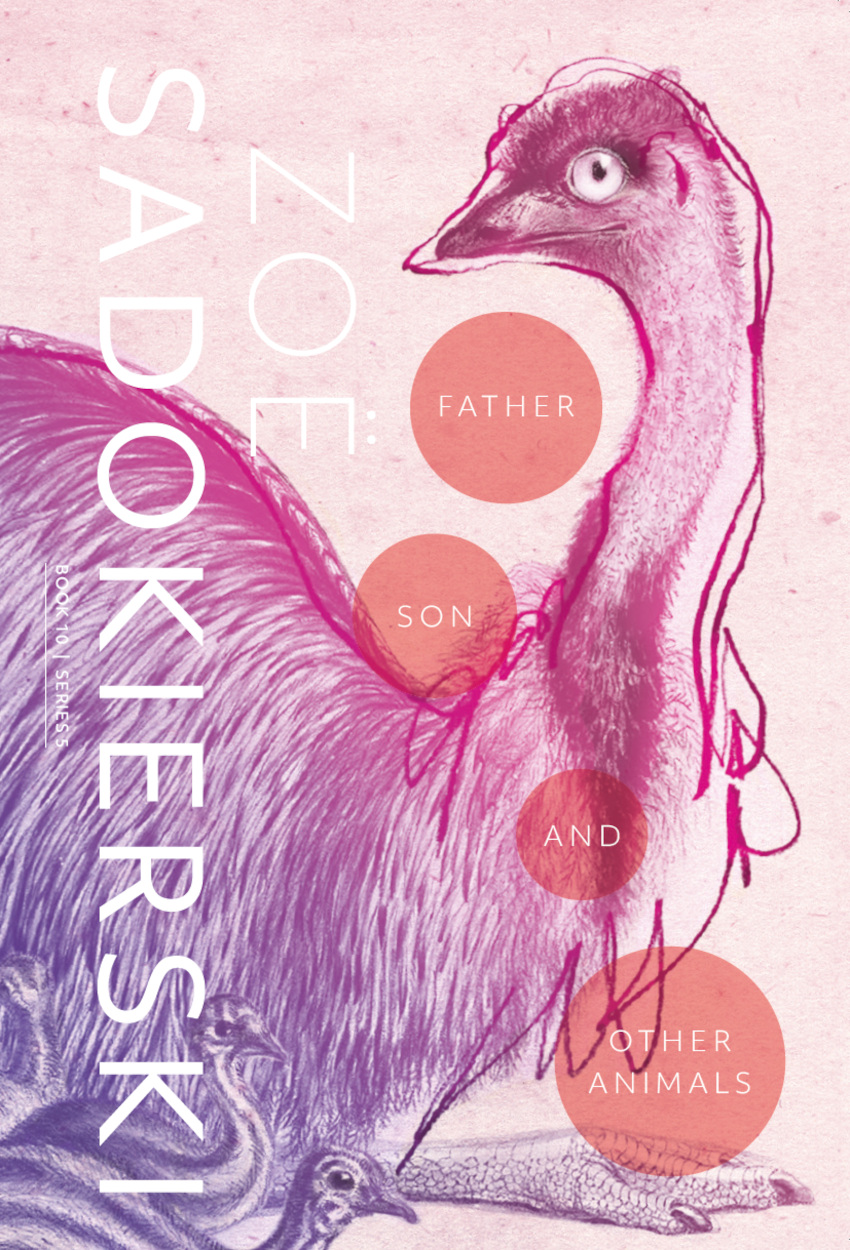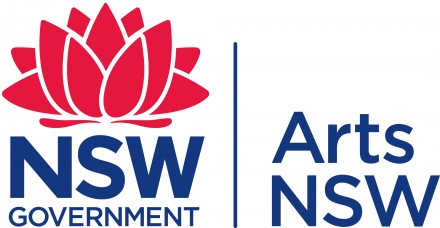On finishing this collection I was left with the sense of one landscape falling into another, languages meeting the same fate, and a recurring image that conjures up Kenneally herself – an image of the woman writing her poems in her head, alone among people as she goes about her business of living, willing it all alive, storing images, memories and emotions for the writing at night.
This may be too soft an image, as Kenneally’s poems are tough, some bringing out their toughness by dint of political feminism. Read ‘Cracks in the Cloister’ and you’ll see what I mean. A critique of the position adopted in this poem is, in fact, adopted in the next one: ‘Maleficent’. Read it, too, and you may come to the conclusion that Kenneally’s political stance is inflected by desire, life experience, loss, compassion, some reflectiveness on past experience, perhaps, or something her next book will unwittingly reveal. Not so with Chevalier.
Chevalier wears her own politics on her sleeve – or on her skin, for it looks more like a tattoo than decoration, arm-band or shield. Chevalier’s feminism ‘cuts to the quick’. Not only does it inform her critique of contemporary life-style – including work, business and fashion – but also her critique of language, class and aesthetics. While Kenneally’s poetry is grounded, Chevalier’s is self-consciously political, street-wise, theoretically attuned and irreverent. Like Kenneally, it is driven by images, but what delivers its power is sound equivocation, by which I mean the way it plays on aural ambiguity and messes with distinctions between sound ,the signifier and signified, as is obvious from the first piece in the collection … but more overtly so in the second, ‘full alteration service’:
to underestimate the power of who you wear, press one single-breasted and want more? press two, or three press free to untangle a gathering of suits press star for a short shift at the table of wind and weather: hemmed in? press four to straighten bias, press five to recover those buttons, press call waiting to reline and restructure companies, press $$s for zip tracks or unpinning, smack the phone for a darned good time, press hash
While Chevalier if often hilarious, her concerns are can be serious, and sometimes in self-reflexive fashion. The image of the ‘angry V’ referring to the facilitator’s back in ‘ms marbig No.26 16’ provides the focus for the relationship between self and other as well as self and medium. We comprehend at once a fundamental transfer of energy that renders questions of identity without consequence. Between self and other, self and world is a misunderstanding wedged at the heart of language which has serious consequences. In Chevalier’s world, all is ruthlessly objectified through the subtler medium of irony. This allows the voice of an immaterial narrator to jolt us into viewing the world anew. But this is a cliché. And Linen Tough as History thrives on clichés, by which I mean that Chevalier scoops them up to turn them on their heads.
Chevalier’s critique of language demonstrates that clichés shape our relationship with the world (‘mirror in a birdcage’), that we live our lives in clichés (‘full alteration service’), that we are indeed, clichés (‘avoiding the mirror’). Consider the following quote from ‘therapist’ to convey what I mean:
i try to reflect their in-your face-narcissism, maintaining appropriate distance of course. they stare claim i’m inflexible then demand resolve their disputes about the fairest that shatters me really who is upon this the critic can only disappear and let the poet speak.
The poetic devices which dominate this work – those of metonymy and parallelism with an ironic slant, for example, may be responding to language-motivated restlessness, a curiosity which itself takes language as its primary form. But it’s not just curiosity, for the poems here enhance the discrepancy between words and worlds, like ‘gullibles eat[ing] the catch of the day’, and never close the gap between ourselves and worlds and things.
Most of the poems in this work play with readers’ expectations of clarity and political correctness, offering propositional statements and aphorisms in the same way that they are partially withdrawn as in ‘crusts’:
there must be stealth to rise and falter depending on the call for in fearmation for dada above all the yeast rises highest when the baton falls
The aphorism, whose tone and form conventionally aspire to a high level of generalisation, constantly overreaches itself, undermining the ground of common sense to which it lays claim: ‘Disturbance falls back on itself questioning’. If there is a dilemma, it is deftly eschewed (but not easily so). The voice in this collection is strongly embedded in a landscape of language poetry. The result is a splash of astonishing poems that enlarge, illustrate, or question the articulation and meaning of the printed words.
What particularly strikes me about these two books is their immediate openness to experiential complexities that takes into account the motivatedness of poetic expression. As such, these poems are of a process of articulation, in perpetual attendance of readership. Both collections invite a conversation with readers that explore beyond the printed page.













